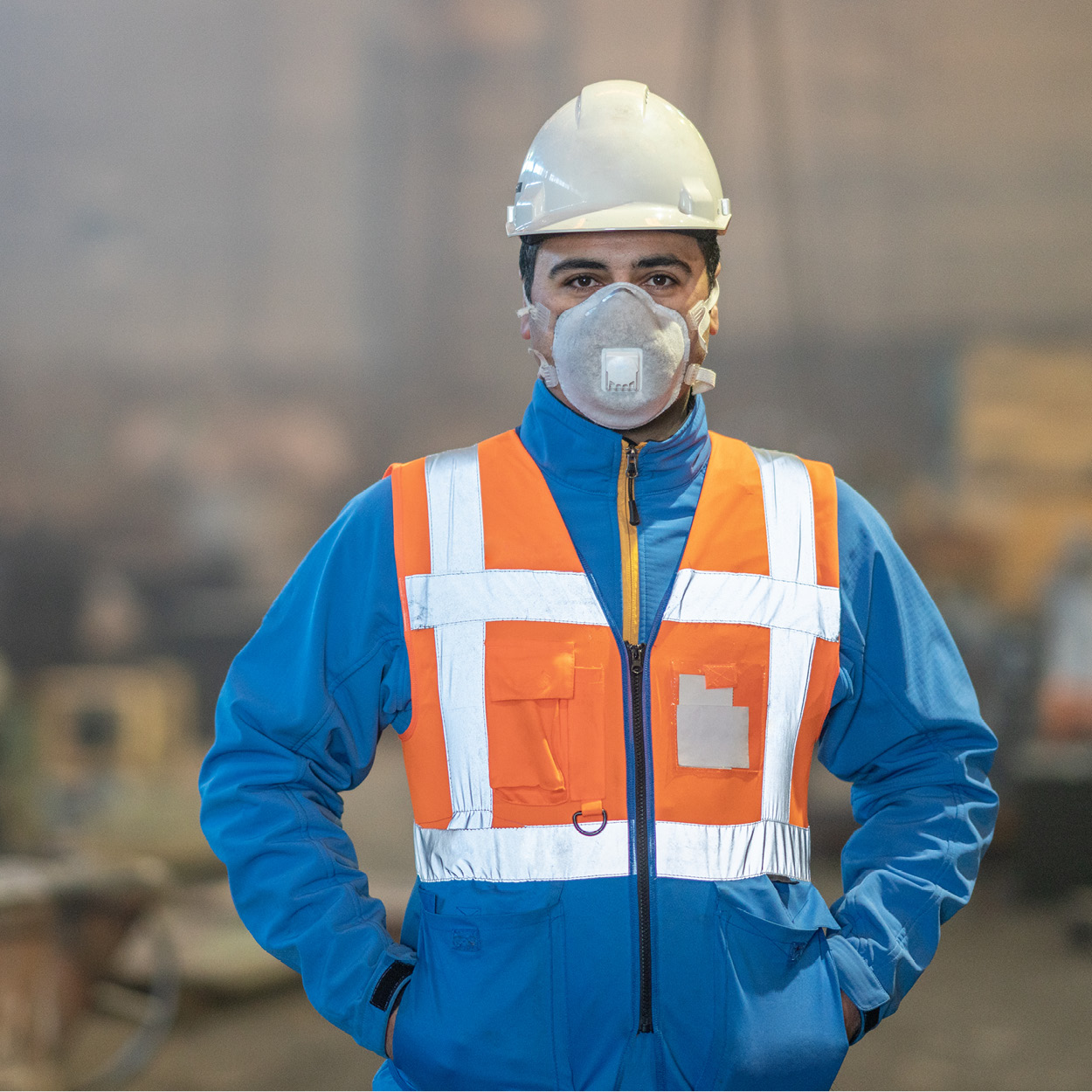DGUV information
DGUV Regulation 1 § 2
Basic obligations of the employer
(1) The employer shall take the necessary measures to prevent
occupational accidents, occupational diseases and work-related
health hazards and to provide effective first aid.
The employer must plan,
organise and implement the measures in accordance with paragraph 1 and, if necessary, adapt them to changing
circumstances.
DGUV Regulation 1 § 24
The employer must ensure that the necessary equipment and material resources as well as the
necessary personnel are available for first aid and rescue
from danger.
DGUV Regulation 1 § 25.2
The employer must ensure that the first aid material
is readily available and easily accessible at all times in suitable
containers, protected against damaging influences, kept in sufficient
quantity and replenished and renewed in good time.



Assessment of the operational risk of injury
DGUV Information 204-022 Section 5.3 provides the following support in this regard:
In addition, it is the duty of the employer to decide on the type, quantity and storage locations of the first aid material to be kept
on the basis of a
risk assessment. In doing so, he must be guided by
the idea that the necessary first aid material
must be immediately available in the event of an accident. The type and quantity as well as
storage locations of the first aid material depend on the
size of the business, the existing operational hazards, the size
and structure of the business ..
Note: Depending on the individual risk of accidents (handling machinery, transport equipment, chemicals, heat sources, etc.), other suitable first aid equipment must be kept available, such as:
- eyewash facilities
- firstaid materialfor burns
- first aid materialfor crushing injuries
- oxygen
- otherrescue transport equipment depending on the type of business
- otherresources for treating emergencies
The first aid material must comply with the recognised technical, medical and hygiene rules, i.e. old material that has been replaced by new material according to current knowledge must be replaced.
Basic first aid equipment
Basic equipment according to workplace guideline 39/1.3 and first aid manual DGUV Information 204-007
- manufacturing and processing companies
1 - 20 insured persons 1 first aid kit DIN 13 157
21 - 100 insured persons 1 first aid kit* DIN 13 169
from 101 for every additional 100 insured persons 1 first aid kit* DIN 13 169
- administrative and commercial enterprises
1 - 50 insured persons 1 first-aid box DIN 13 157
51 - 300 insured persons 1 first-aid box* DIN 13 169
from 301 for every additional 100 insured persons 1 first-aid box* DIN 13 169
- construction sites and facilities similar to construction sites
1 - 10 insured persons 1 first-aid kit DIN 13 157
11 - 50 insured persons 1 first-aid kit* DIN 13 169
from 51 for every additional 50 insured persons 1 first-aid kit* DIN 13 169
* one large first aid kit can be replaced by two small first aid kits.
However,
this basic equipment does not mean that the responsible entrepreneur is
free of his obligation, as the regulations of the employers' liability insurance association
state that the entrepreneur must check his production facilities and his
administration to see what special
risks of injury exist for employees (or
customers or visitors) due to the handling of machines, transport equipment,
chemicals, heat sources or similar.
Accordingly, provision must be made both for the
protection of employees (personal protective equipment) and for a
possible accident (first aid equipment).
Carrying first aid material in the field
According to DGUV Information 204-022 and DGUV Regulation 1 First Aid,:
"For field work, in particular for carrying
first aid material in workshop vans and emergency vehicles, the first aid kit for motor vehicles (according to DIN 13 164-B) can also
be used as a small
first aid kit."
According to the BAGUV: First aid material in accordance with DIN 13 160 must be carried in the first aid bag on excursions.
Information on the correct use of the first aid book
In accordance with DGUV Regulation 1, every first aid service in the company must be documented at . The records must be kept confidentially and for a period of at least five years.
Safety labelling
Extract from the workplace guidelines ASR A1.3
"A health and safety sign must be used
if risks or hazards remain for the employee despite other
work organisation measures."
Safety signs must be clearly recognisable and permanently affixed. Clearly recognisable means, among other things, that safety signs must be affixed at a suitable height - fixed or movable - and that the lighting (natural or artificial) at the place of affixing is sufficient.
Particularly in long rooms (e.g. corridors), rescue and fire safety signs should be recognisable in the direction of travel at all times (e.g. angle signs).
If safety lighting is not available, the escape routes must be equipped with photoluminescent materials to ensure that the necessary escape and fire safety signs remain recognisable for a certain period of time even if the general lighting fails.
Guideline "Requirements for rinsing fluids for first aid" in accordance with DGUV Information 204-022 Annex 6
3.Scope of application
This guideline applies to first aid measures in the event of accidents involving
e.g. corrosive or toxic substances at workplaces, especially if
no emergency showers with running water are available.
6.Use of rinsing liquids at workplaces
Rinsing liquids can be used as a means of first aid in the event of accidents involving e.g.
corrosive or toxic substances, taking into account the operational
framework conditions.
A rinsing time of at least 10 to 20
minutes is required for
adequate first aid. Experience has shown that around 5 to 10 litres of
liquid are required for this, which means that a corresponding number of
flushing packs must be kept in stock.
The installation of
emergency showers is required in the information "Safe working in laboratories"
(DGUV Information 213-850) and the Technical Rules for Hazardous Substances
Laboratories (TRGS 526). Workplaces with similar
hazards must also be equipped with emergency showers in accordance with the state of the art described here
.
If no running water
is available, the emergency eye shower supplied with drinking water can be replaced by eye rinsing fluids in
deviation from these rules
.
Emergency showers must be checked for functionality and effectiveness at least once a month.
